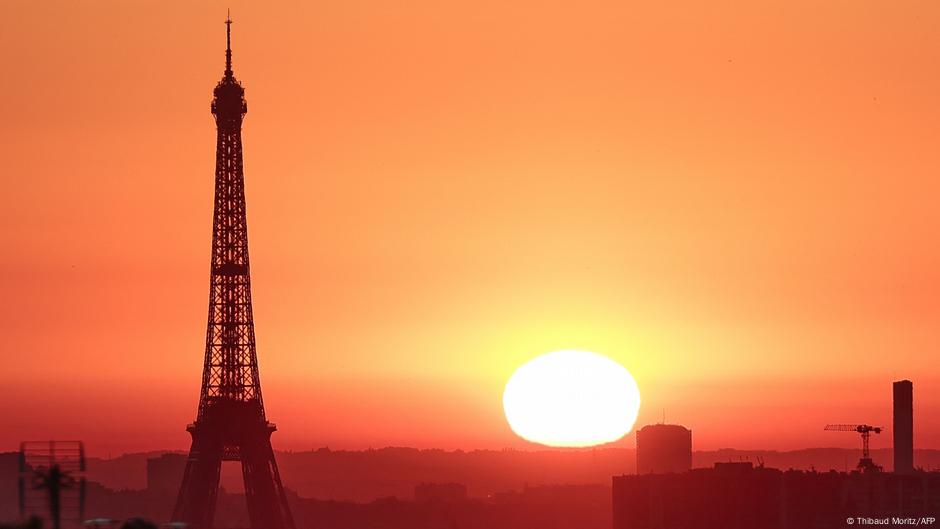
"The urban heat island effect can push temperatures up by 10 to 15 degrees Celsius, making residents vulnerable to extremely hot conditions."
"Rural areas, covered in grass, crops, or forests, help cool the air, while concrete and asphalt in cities absorb heat."
"Tall buildings and narrow streets can trap air and block wind flow, contributing to higher temperatures in urban areas."
"Pollution from vehicles and burning fossil fuels can create a greenhouse effect, keeping hot air trapped in cities."
Urban heat islands are urban areas that experience significantly higher temperatures than their rural surroundings, primarily due to human activities and infrastructure like buildings and paved surfaces. This effect can increase temperatures by 10 to 15 degrees Celsius, exacerbating heatwaves in cities that are home to around half of the world’s population, expected to rise to nearly 70% by 2050. Urban areas lack natural cooling from vegetation, while hard surfaces absorb heat and restrict air circulation, contributing to elevated temperatures. Pollution further compounds the issue by trapping heat in urban environments.
Read at www.dw.com
Unable to calculate read time
Collection
[
|
...
]